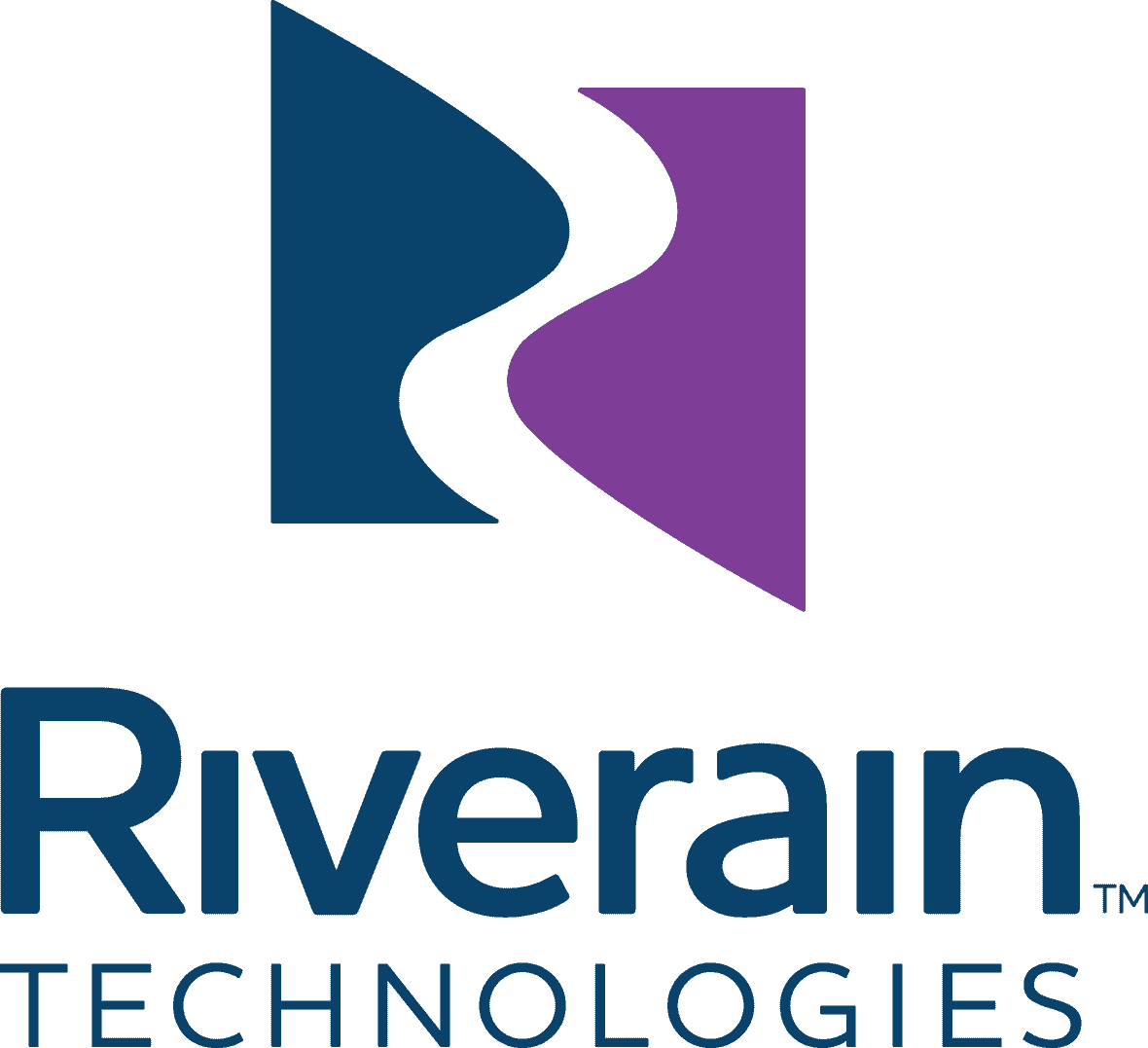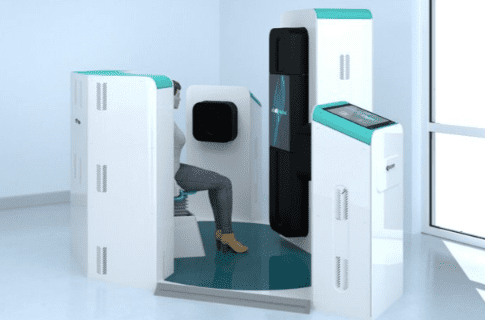|
Creating the Eighth Modality | Augmenting Low-Field MRI
November 28, 2022
|
|
|

|
|
Together with
|

|
|
|
“Personally, I don’t think he should be reading anything.”
|
|
A former patient of a New Hampshire radiologist who missed signs of breast cancer in 24 women’s screenings over a two-year period.
|
|
|
Celebrate the start of RSNA 2022 with this Imaging Wire Show, featuring Bayer Radiology’s Barbara Ruhland. We reflect on radiology’s major themes and trends since the last RSNA, how they’ll affect this year’s conversations, and how Bayer is supporting imaging teams’ changing needs.
|
|

|
|
Radiology has adopted seven mainstream modalities over its 127 years, and 4DMedical is determined to create the eighth imaging modality with its new XV Scanner.
The XV Scanner would be the first dedicated lung imaging system, giving radiologists four-dimensional and color-coded visibility into patients’ lung airflow and blood flow, and potentially a new way to assess lung diseases.
- The XV Scanner integrates fluoroscopy with advanced analytics software, producing qualitative and quantitative 4D lung function metrics
- It simultaneously acquires images from different angles, then measures lung tissue motion, and calculates ventilation at each breathing stage and every lung location
- XV scans take 5 seconds to perform and deliver less radiation than a typical chest X-ray
4DMedical’s XV technology is also backed by a growing number of positive clinical studies, solid post-IPO funding, and an impressive expansion across Australian imaging giant I-Med Radiology’s 250 locations.
Although the XV Scanner hardware is still forthcoming, 4DMedical will initially launch XV software that can be installed on existing fluoroscopy systems (FDA cleared for ventilation, later adding perfusion) and will also support existing CTs in the future.
- Software-only might prove to be a logical starting point, providing 4DMedical with a low-friction way to demonstrate XV’s impact on patient care and test whether this impact is great enough to entice imaging departments to add a whole new scanner to their fleets.
The Takeaway
Creating medical imaging’s eighth mainstream modality might be among the most ambitious goals you’ll hear at RSNA 2022, but if the XV Scanner proves to be much better than existing lung imaging techniques, radiology might have to make room for one more.
|




|
|
Us2.ai Matches Experts
What if AI could produce echo measurements that are comparable to expert physicians, but with less variability? That’s exactly what this Nature study revealed about Us2.ai’s solution, finding that its measurements had fewer and smaller differences compared to three human experts than when the experts were compared with each other.
|
|
- Augmenting Low-Field MRI: New research in Radiology highlighted a synthetic imaging technique that could help low-field MRI scanners overcome their challenges with spatial resolution and signal-to-noise ratio. The researchers trained a super-resolution CNN using 1.5T and 3T brain MRI exams that featured 39 region of interest segmentations. The CNN then produced synthesized images from 24 portable brain MRI exams (0.064T), which highly correlated with the high-field MR regions of interest (P values: all <0.05, some <0.1).
- The Intelerad Cloud: Intelerad Medical Systems announced the launch of its Intelerad Cloud suite of cloud-based enterprise imaging and image management solutions. Intelerad Cloud is the culmination of over four years of cloud investments and acquisitions, allowing Intelerad to provide imaging organizations with a variety of hybrid, public, or private cloud solutions based on their specific needs (including: PACS, VNA, image exchange storage, long-term archiving, disaster recovery, patient portal).
- Blackford Adds Equium: Blackford Analysis will offer Equium Intelligence’s operational radiology solutions, marking Blackford’s continued expansion into non-pixel AI after partnering with Rad AI in June. Equium’s resourcEQ Forecast solution helps radiology administrators proactively adjust staffing schedules based on forecasted demand, while admins can use resourcEQ Optimize to maximize exam scheduling based on a range of factors (scan duration, exam add-ons, missed/canceled exams).
- CAD-RADS Evidence: CAD-RADS improves coronary CTA reporting variability, even with reconstructed low-dose exams. Italy-based researchers enhanced 161 patients’ low-dose CCTAs using model-based and iterative reconstruction algorithms (MBIR & IR) and had two readers interpret the exams using CAD-RADS. The CAD-RADS assessments achieved “excellent” inter-observer agreement, even though the readers didn’t have experience with CAD-RADS and had different levels of CCTA expertise. The MBIR images also consistently produced higher image quality and image noise measurements than the IR CCTAs.
- DispatchHealth Adds $330M: Home care giant DispatchHealth hauled in a $330M funding round (total now $730M) that it will use to build out its suite of in-home services. Imaging apparently plays a key role in DispatchHealth’s home care strategy, as it acquired at least two major mobile imaging companies since 2021, and previously revealed that 20% of its acute care visits involve X-ray or ultrasound. Digital Health Wire did a deep dive on DispatchHealth last week, so check that out to learn more.
- Siemens Healthineers & HeartVista: HeartVista and Siemens Healthineers announced an agreement to combine HeartVista’s one-click MRI acquisition software with Siemens’ MRI scanners and library of scan sequences. Previously, the software required customers to choose between HeartVista’s sequences and the MRIs’ native (and more familiar) sequences. Now, the software can unite sequences from multiple sources using Siemens Healthineers’ Access-I interface for third-party integration.
- ASE’s EchoGuide: The American Society of Echocardiography launched its EchoGuide interactive mobile and web application for healthcare professionals. The app includes over fifty calculators, reference tables, and multi-parametric algorithms to help physicians and sonographers build confidence when interpreting or performing echo studies.
- Spectral Driving CT Demand: IMV Medical found that most CT departments are satisfied with their current scanners, with 67% agreeing that their current CTs meet their clinical/throughput needs and 58% confirming that their current scanners will support future patient volumes. However, 51% of sites are still considering adding a new CT by 2025. Spectral dual-energy CTs will play a prominent role in that demand, as 38% of planned CT purchases will be Spectral models, and 58% of large hospitals’ upcoming CTs will be Spectral.
- Segmed Seed Funding: Imaging dataset aggregation startup Segmed announced the completion of its $5.2M seed+ round (total funding now >$10M), and the launch of the Segmed Insight platform. Segmed Insight simplifies the AI training dataset creation process, allowing researchers and AI developers to construct datasets based on specified parameters, and then receive the datasets from Segmed “within days.”
- Misread Mammograms: Breast imaging made mainstream news last week, after the Boston Globe revealed that a New Hampshire radiologist missed signs of breast cancer in 24 women’s screening exams during a two-year period. The eleven women who filed malpractice lawsuits received a $4.6M settlement, but they don’t feel justice has been served, noting that the radiologist has now settled 13 malpractice cases in his career, and is still permitted to read other exams in New Hampshire (just not breast imaging).
- Konica Minolta’s New POCUS: Konica Minolta announced its new SONIMAGE MX1 Platinum POCUS system, highlighting its image quality, compact size / portability, and extended 2hr battery life. The MX1 Platinum supports a suite of transducers for MSK, general imaging, and cardiac exams, and features Konica Minolta’s Simple Needle Visualization solution for needle guidance.
|
|
United Imaging’s Culture-Led Strategy
Check out our interview with United Imaging CEO, Jeffrey Bundy, who explores company culture’s central role in medical imaging and how to build, improve, and maintain culture. If you’re ready to improve your organization’s culture, this interview is a great way to start.
|
|
- Despite significant interest, there’s still confusion about the value of imaging AI. This Blackford Analysis white paper explores the key cost considerations and ROI factors that radiology groups can use to figure out how to make AI valuable for them.
- If you’re in the business of using or providing AI, there’s a good chance you spend a lot of time managing AI evaluations. But are your evaluations as efficient or effective as they could be? Check out this Imaging Wire Show with Riverain Technologies CEO, Steve Worrell, detailing the best practices for mitigating AI adoption risks, today and into the future.
- “It has changed the face of neuroimaging.” That’s one of the takeaways from Christ Hospital’s experience becoming the first healthcare system in New Jersey to implement point-of-care MR imaging into neurocritical care. Learn about their implementation process and the impact of providing quick bedside MRIs in this Hyperfine webinar.
- We may be entering a third wave of imaging AI’s rapid evolution, that brings a shift from narrow point solutions to comprehensive multi-finding AI systems. Join this discussion with annalise.ai Chief Medical Officer, Rick Abramson, MD, exploring how this transition could take place, how radiologist and VC perspectives on AI are changing, and how AI might continue to evolve in the future.
- When Geisinger Health set a goal to improve access to care, it leveraged Siemens Healthineers’ syngo Virtual Cockpit to ensure that its expert radiologic technologists were accessible to all 11 of its radiology facilities. Hear what Geisinger’s technologists and administrators had to say about how the remote scanning solution allowed them to extend hours and improve patient throughput.
|
|
|
Share The Imaging Wire
|
|
Spread the news & help us grow ⚡
|
|
Refer colleagues with your unique link and earn rewards.
|

|
|
|
|
Or copy and share your custom referral link: *|SHAREURL|*
|
|
You currently have *|REFERRALS|* referrals.
|
|
|
|
|